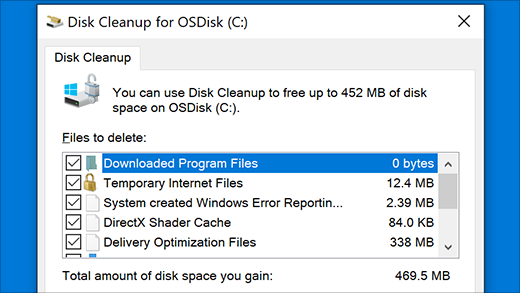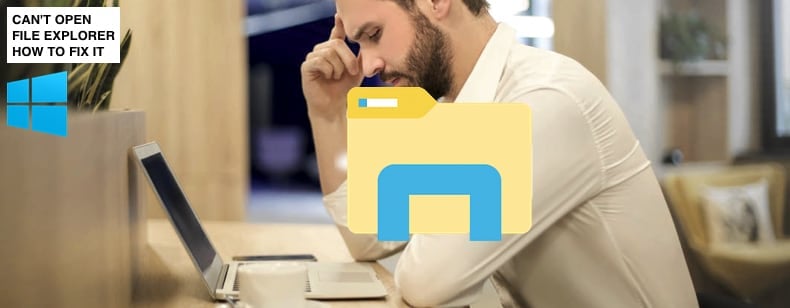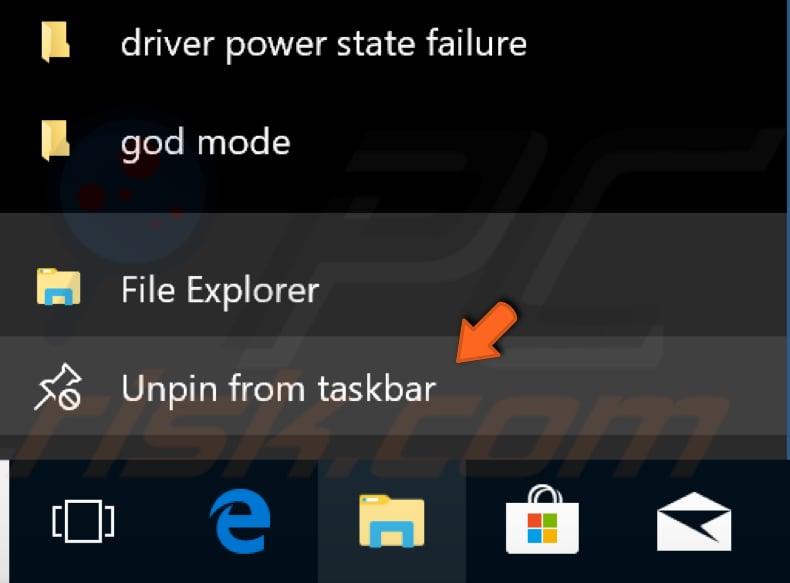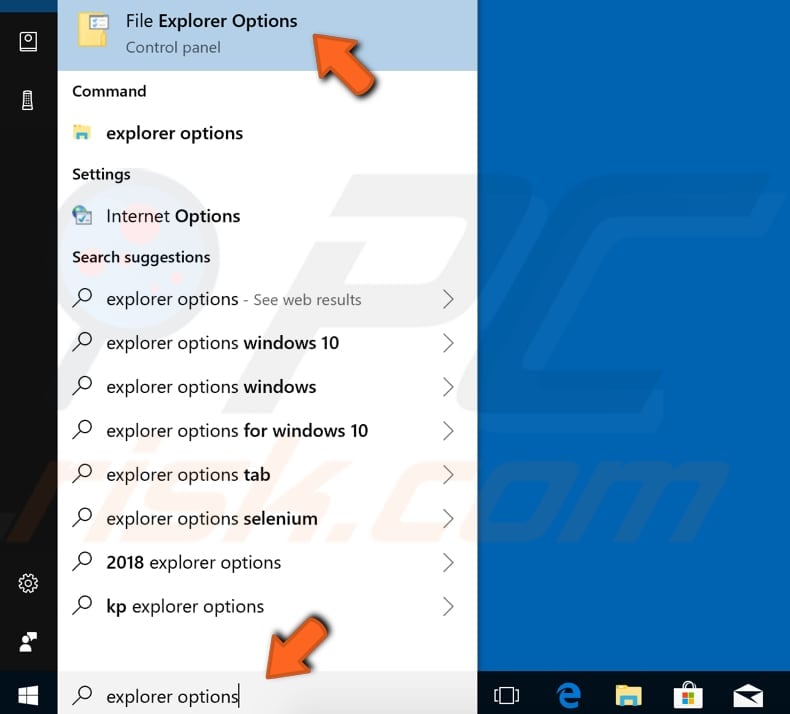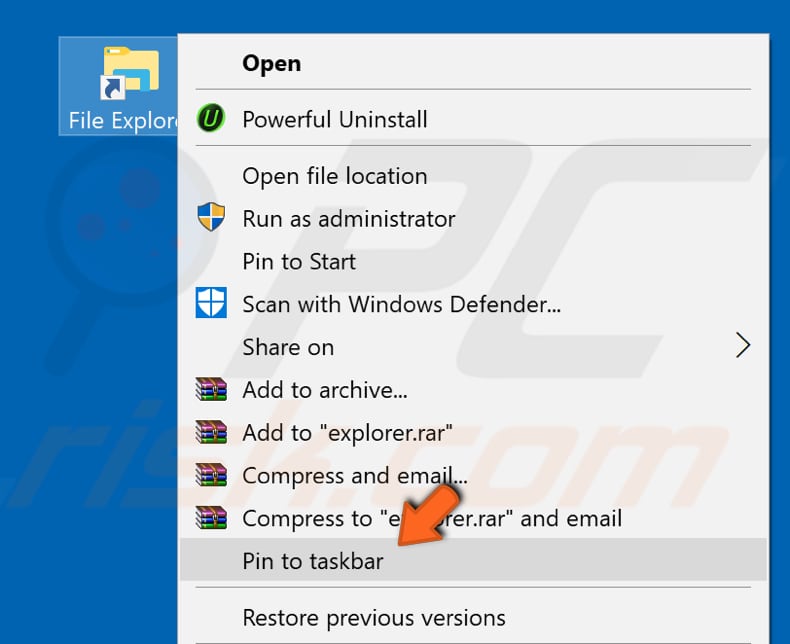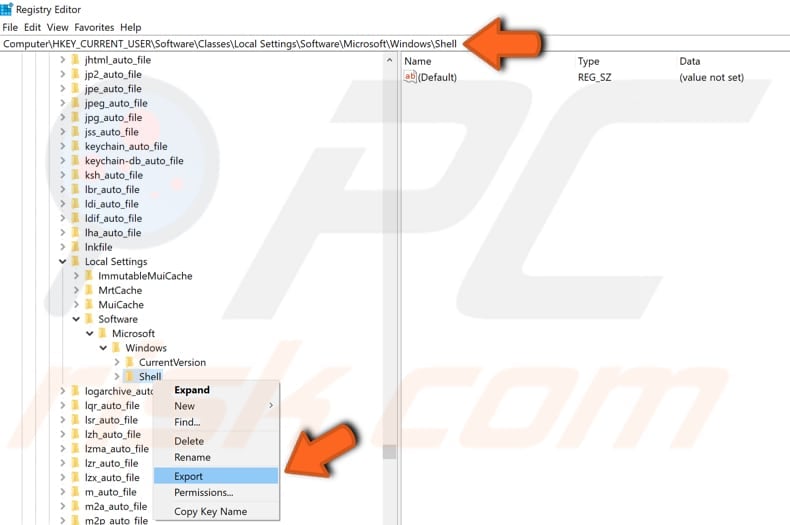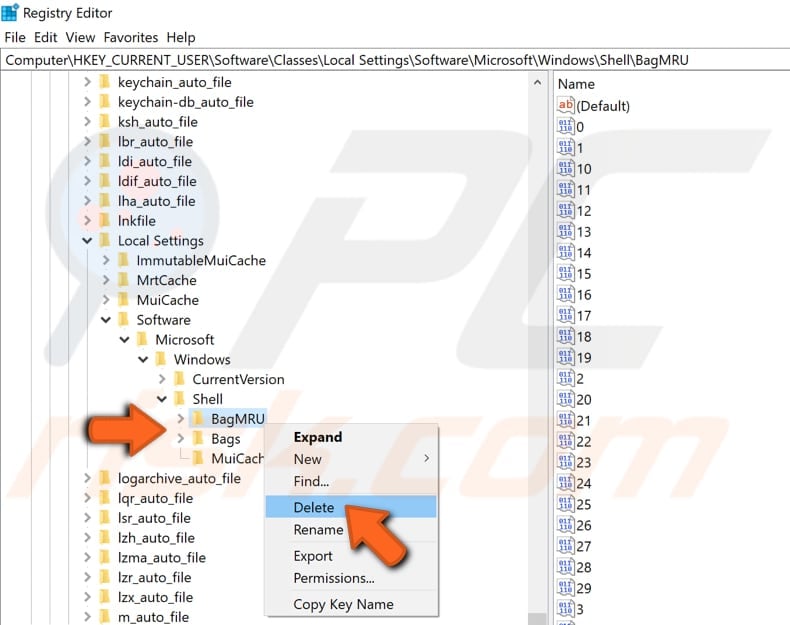- Fix: The Action Cannot be Completed Because the File is Open in Windows Explorer
- What is causing the action cannot be completed because the file is open in windows explorer error?
- Method 1: Turning off File previews in Windows Explorer
- Method 2: Identifying & closing the process that has the file open
- Fix File Explorer if it won’t open or start
- Can’t Open File Explorer. How To Fix It?
- Cannot Open File Explorer/Windows Explorer. How To Easily Fix in Windows 10
- Restart File Explorer
- Clear File Explorer History
- Edit Registry
- Disable Windows Search
- Unplug HDMI Cable Or Check Second Display
- Run System Restore
- Video Showing How To Fix File Explorer If It Won’t Open:
Fix: The Action Cannot be Completed Because the File is Open in Windows Explorer
Some users are encountering the ‘action cannot be completed because the file is open in windows explorer‘ error when they try to delete, move or rename a file on a Windows computer. The issue typically happens with Microsoft Office files (Word and Excel files) and PDF files. The issue is not specific to a certain Windows version as it’s encountered on Windows 7, Windows 8 and Windows 10.

What is causing the action cannot be completed because the file is open in windows explorer error?
We investigated this particular issue by looking at various user reports and the repair strategies that they used to get the issue resolved. Based on what we gathered, there a couple of common scenarios that are known to trigger this particular error message:
- The file preview window of Windows Explorer is causing the error – This is typically reported to occur with PDF and image files. As it turns out, the previewing feature of Windows Explorer can glitch out in certain situations and prevent the user from handling the file. In this case, you can resolve the issue by disabling file previews in Windows Explorer.
- The file is being actively used by another process – This is one of the most common reasons why this error occurs. Most likely, the process behind Windows Explorer (explorer.exe) or a different process is using the file you’re trying to handle. In this case, the issue can be resolved by closing the process responsible for the conflict.
If you’re struggling to resolve the ‘action cannot be completed because the file is open in windows explorer‘ error, this article will provide you with a couple of verified troubleshooting steps. Down below you’ll find two methods that other users in a similar situation have used to get the issue resolved.
If you want to be efficient, we encourage you to follow the methods below in the order that they are presented.
Method 1: Turning off File previews in Windows Explorer
Most of the users encountering the ‘action cannot be completed because the file is open in windows explorer‘ error has managed to get it resolved by disabling file preview on Windows Explorer. As it turns out, this feature is known to sometimes glitch on all the recent Windows versions and prevent the user from handling PDF and various image-type files.
Affected users report that the issue was resolved once they followed a set of instructions to disable thumbnail previews from folder options. Here’s what you need to do:
- Press Windows key + R to open up a Run dialog box. Then, type “control folders” and press Enter to open the File Explorer Options screen.
- Inside the File Explorer window, go to the View tab, go to Advanced settings and make sure that the box associated with Always show icons, never thumbnails is enabled.
- Click Apply to save the changes and see if you’re able to handle the file without seeing the ‘action cannot be completed because the file is open in windows explorer‘.
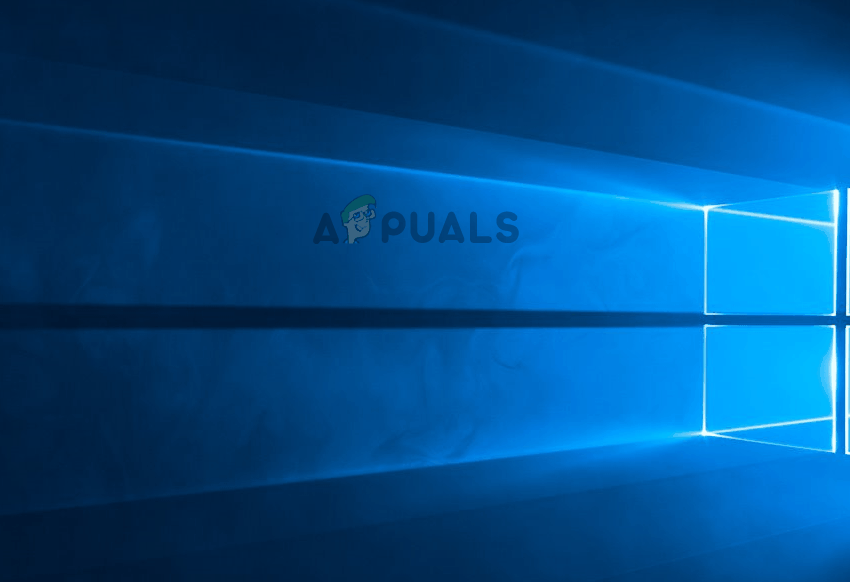
If you’re still struggling with the error, move down to the next method below.
Method 2: Identifying & closing the process that has the file open
A couple of users struggling to resolve this particular issue have managed to do so by using Resource Monitor to locate the processes that are using the file triggering the error and closing it down. This process is all done from Windows (no additional software is needed).
Here’s a quick guide on identifying and closing the process the is triggering the ‘action cannot be completed because the file is open in windows explorer‘ error:
- Press Windows key + R to open up a Run dialog box. Then, type “resmon.exe” and press Enter to open up the Resource Monitor utility.
Opening the Resource Monitor from a Run box
- Inside the Resource Monitor utility, navigate to the CPU tab, scroll down to Associated Handles. Next, type the name of the file triggering the issue. In our case, the file triggering the issue is named last day.xlsx. So we typed in ‘last day‘ in the search box and discovered that the process using it was Excel.exe.
Discovering the process using the file
Note: This search can be performed with any type of file.
Right-click on the process that is using the file triggering the error and choose End process. 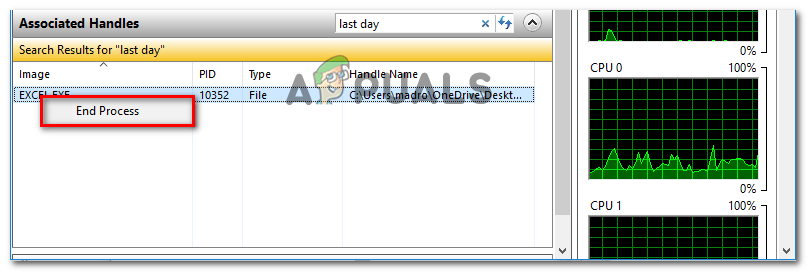
Fix File Explorer if it won’t open or start
Note: File Explorer is not the same tool as Internet Explorer. To open Internet Explorer, in the search box on the taskbar, type Internet Explorer, and then select Internet Explorer (Desktop app) from the results.
To open File Explorer in Windows 10, select its icon on the taskbar, press the Windows logo key + E on your keyboard, or select Start > Documents (directly beneath your user icon).
Here are some things to try if File Explorer won’t open.
Select the Start button > Settings > Update & Security > Windows Update . Then select Check for updates. Install any available updates and restart your device if required.
Even if you don’t see updates that require restarting, doing so ensures that any pending updates are installed.
On the taskbar, type control panel in the search box. Select Control Panel from the results.
Select System > Advanced system settings.
On the Advanced tab, under Performance, select Settings > Advanced.
Ensure that Adjust for best performance of is set to Programs.
Under Virtual memory,select Change and make sure that Automatically manage paging file sizes for all drives is selected.
Restart your PC. This resets explorer.exe.
On the taskbar, type disk cleanup in the search box. Select Disk Cleanup from the results.
Select the check box by each type of file. (Make sure there’s nothing important in your Recycle Bin before emptying it.)
On the taskbar, type control panel in the search box. Select Control Panel from the results.
On the View by menu, choose Large icons or Small icons.
Select Troubleshooting > View all > System Maintenance.
On the System Maintenance troubleshooter, select Next > Try troubleshooting as an administrator and review the results.
Automatic Repair is a tools that attempts to fix registry corruption. To run it:
Select the Start button > Settings > Update & Security .
Select Recovery > Advanced Startup > Restart now > Windows 10 Advanced Startup.
On the Choose an option screen, select Troubleshoot. Then, on the Advanced Options screen, select Automated Repair.
Enter your name and password.
Automatic Repair now begins. Your computer may restart during this process.
If File Explorer doesn’t work more reliably after trying these steps, please send feedback through Feedback Hub so Microsoft can investigate potential issues.
Can’t Open File Explorer. How To Fix It?
Cannot Open File Explorer/Windows Explorer. How To Easily Fix in Windows 10
File Explorer (formerly Windows Explorer) is a graphical user interface (GUI) component of Windows operating systems that allows access, management, and editing of files, folders, and other content stored on a computer. It is a centralized location where users can view the information stored on their computers. It is one of the most frequently used tools in Windows 10, since it can copy, move, and delete files. Firstly, to access these features, we need to open File Explorer.
File Explorer is not a new tool. As well as a new name, it has new features. In Windows 10, OneDrive is a part of File Explorer and there is a Quick access feature allowing you to access frequently-used files and folders (or you can simply pin them with this status manually). Another useful feature in File Explorer is that you can use apps to share files and photos directly by selecting the files you wish to share and clicking the ‘Share’ tab. This tab then allows you to choose an app for sharing your files. The new File Explorer also has many other features.
As you can see, File Explorer is an important and useful part of Windows 10, which would be difficult to use without it. Not being able to open File Explorer can thus be very inconvenient. The guide below describes a number of methods to address this problem.
Table of Contents:
It is recommended to run a free scan with Malwarebytes — a tool to detect malware and fix computer errors. You will need to purchase the full version to remove infections and eliminate computer errors. Free trial available.
Restart File Explorer
Start with with the simplest solution: restart File Explorer using Task Manager. Task Manager is very useful when there is a need to close/terminate a specific running program that is frozen, not responding, taking too many CPU resources, or simply not working properly. Task Manager helps to close programs and stop processes from running (when exiting normally does not work). To open it, press the Ctrl + Shift + Esc keys on the keyboard, or right-click Start and select «Task Manager» from the contextual menu.
In Task Manager, you will see a list of services and programs that are currently running. Find «Windows Explorer» and click/select it. Find the «Restart» button in the bottom-right corner and use it to restart File Explorer. See if this solves the problem and if you are now able to use File Explorer without any problems.
Clear File Explorer History
File Explorer keeps a list of files and folders that you have recently opened or frequently used. Clearing File Explorer history deletes information about files and folders that the Windows operating system saves as history lists. Some users have reported that clearing File Explorer history solved the problem. In this method, we not only clear File Explorer history, but also create a new File Explorer shortcut. First, unpin File Explorer from the Windows Taskbar by right-clicking the File Explorer icon and selecting the «Unpin from taskbar» option from the contextual menu.
To clear File Explorer history, type «explorer options» in Search and click the File Explorer Options result.
In the File Explorer Options window General tab, find the «Clear» button next to «Clear File Explorer history» and click it. This will clear the File Explorer history.
Now create a new File Explorer shortcut by right-clicking the desktop background empty space. Select «New», and then «Shortcut».
Type (or copy from this guide) the location of the item, which is «C:\Windows\explorer.exe». Click «Next» to continue.
Now, type a name for this shortcut and click «Finish». The shortcut for File Explorer will be placed on the desktop.
Find the new File Explorer shortcut on the Desktop and right-click it. Select the «Pin to taskbar» option from the contextual menu. This will pin a newly created File Explorer icon to the Taskbar. By performing these steps, you will clear the File Explorer history and replace the old shortcut with a new one. See if this fixes the File Explorer problem.
Edit Registry
Windows Registry, usually referred to as just ‘the registry’, is a collection of databases of configuration settings in Microsoft Windows operating systems. It is used to store much of the information and settings for software programs, hardware devices, user preferences, operating system configurations, and much more. Many of the options exposed in the registry are not accessible elsewhere in Windows. To edit the registry, use Windows Registry Editor. Some users have reported that removing «BagMRU» and «Bags» folders from the Windows Registry solved the problem. To open the Registry Editor, open the Run dialog box (press Windows Windows key + R or right-click Start and select «Run») and type «regedit». Press Enter or click «OK».
NOTE: Editing Registry can be risky and deleting the wrong registry entries can lead to serious problems, such as computer malfunctions, etc.
Once Registry Editor is open, follow this path: «HKEY_CURRENT_USER\SOFTWARE\Classes\Local Settings\Software\Microsoft\Windows\Shell». You can copy it and paste it into Registry Editor’s upper bar if you wish. Now, right-click the «Shell» entry and select «Export» from the drop-down menu. Select where you wish to save this entry in case of problems.
Now expand the «Shell» entry, find «BagMRU» and «Bags» folders, right-click each and select «Delete» from the contextual menu. Close Registry Editor, restart the computer and see if you can now open File Explorer.
Disable Windows Search
Windows Search is a Windows service that allows users to quickly find and search for files on their computers. It is a search platform created by Microsoft that swiftly finds the most common file and data types. Before Windows Search, this function was known as Windows Desktop Search or WDS. To disable Windows Search, execute a command using elevated Command Prompt. To open it, type «command prompt» in Search and then right-click on the «Command Prompt», select «Run as administrator» from the drop-down menu to run Command Prompt with administrator privileges.
In the Command Prompt window, type the net.exe stop «Windows search» command and press Enter on the keyboard to execute it. Close Command Prompt and see if you are now able to open File Explorer.
Unplug HDMI Cable Or Check Second Display
HDMI (High-Definition Multimedia Interface) provides an interface between audio and video sources such as video display devices and other compatible components. Some device examples that can be a part of HDMI connectivity are computer and video monitors, video projectors, HD and Ultra HD TV’s, Blu-ray players, digital cameras, camcorders, etc. There are several HDMI versions that have identical connectors but different capabilities.
Some users using an extended desktop view have reported that unplugging the HDMI cable from their port solved the problem — users were unable to open File Explorer until they unplugged the HDMI cable from their computer. We recommend that you to try this method as a possible simple fix.
In addition, check your second display (if you are using one). It is possible that File Explorer is loading (working) on a second display that is turned off and causing problems when you are trying to open it.
Run System Restore
Finally, we recommend that you perform a System Restore using restore points. A restore point is a collection of important system files stored by System Restore on a given date and time. System Restore reverts everything to a saved restore point, but first, you must have one recorded. If a restore point does not exist on your computer, System Restore has nothing to revert to. To use this tool, you must have created restore points. With a created restore point, this feature will bring your system back to the previous working state, without affecting your files and data. If you have any system restore points that were created before you started receiving the «The program can’t start because MSVCP100.dll is missing from your computer» error, you might be able to fix the problem by performing a System Restore. To restore your system, launch Run. To start it, press the Windows Key + R and type «rstrui.exe«. In the Run dialog box, press Enter or click «OK».
In the System Restore window, click «Next».
If there are restore points created, you will see a list of them. Mark the «Show more restore points» checkbox, which should display more restore points. Select the most appropriate restore point (depending on the time created, etc.) and click «Next». Do not select a restore point at a time when File Explorer was not working.
Confirm the restore point. Your computer will be restored to the state prior to the event detailed in the «Description» field. If you are happy with your choice, click «Finish» and the system restore process will begin.
We hope you were able to fix File Explorer using the above methods and it can now be opened without any problems. If you know of another method that fixed File Explorer not mentioned in our guide, please share it with us by leaving a comment in the section below.
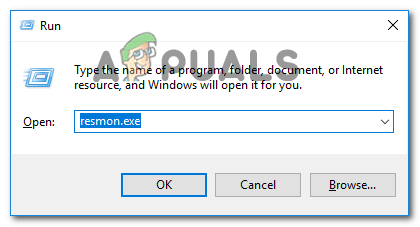 Opening the Resource Monitor from a Run box
Opening the Resource Monitor from a Run box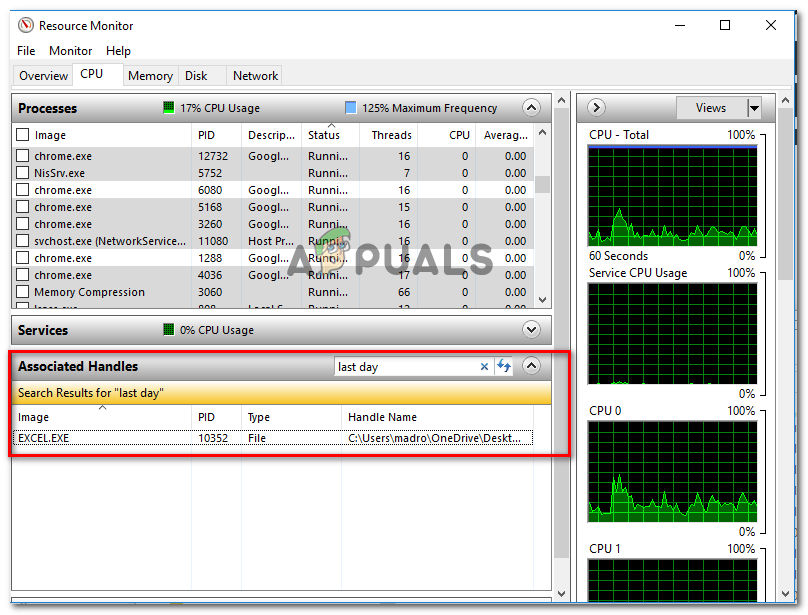 Discovering the process using the file
Discovering the process using the file 
